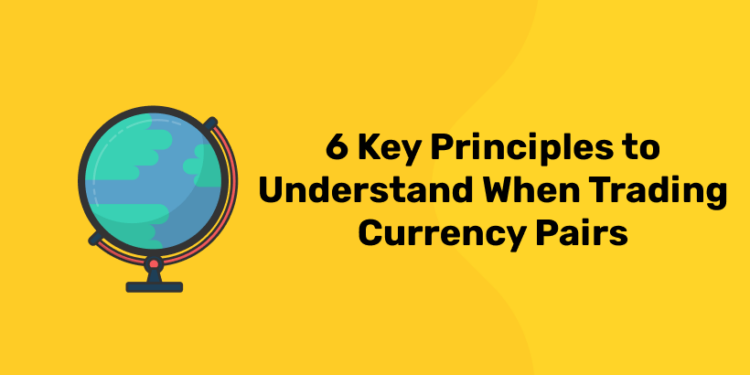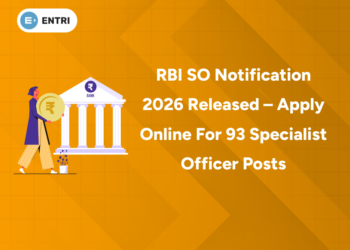Table of Contents
What Are Currency Pairs?
Currency pairs are national currencies from two countries combined to be traded in the foreign exchange (FX) market. Both currencies will have exchange rates where trading will be based on its status. All trading within the forex market, whether trading, buying, or trading, will take place in currency pairs.
How Currency Pairs Work
1: What is a stock?
The currency exchange rates of foreign currency pairs float. This floating rate means that the exchange rate continually changes. These changes can be caused by a number of factors. Currency pairs work to set the value of one against another, and the exchange rates will always fluctuate based on various variable values. One currency will always be stronger than another.
The calculation for the rates between foreign currency pairs is a factor of the base currency. A typical currency pair listing may appear as, EUR/USD 1.3045. In this example, the euro (EUR) is the base currency, and the U.S. dollar (USD) is the quote currency. The difference between the two currencies is a ratio price. In the example, one euro will trade for 1.3045 U.S. dollars. In other words, the base currency is multiplied to yield an equivalent value or purchasing power of the foreign currency.
Using the above example, a currency trader can establish a position where at the same time as long as the euro, and shorten the dollar. For traders to make a profit, the euro exchange rate must increase. Besides, when a forex trader shortens the EUR / USD currency pair, they think the value of the US dollar will rise more than the euro. Changes in exchange rates are known as the percentage-in-point movement (PIP).
Common Currency Pairs
Almost all currencies can be traded, but some currencies pair more frequently than other currencies. All major currency pairs contain USD. There are many big currency pairs within the global forex market. For example, some common currency pairs outside of Eurodollar are:
- USD/JPY. This currency pair sets the US dollar against the Japanese Yen.
- USD/GBP. This currency pair sets the US dollar against the United Kingdom pound and is commonly referred to as the pound-dollar.
- USD/CHF. This currency pair sets the US dollar against the Switzerland currency. It is referred to as the dollar swissy.
- USD/CAD. This currency pair sets the US dollar against the Canadian dollar. It is referred to as the dollar-loonie.
- AUD/USD. This currency pair sets the US dollar against the Australian dollar and is referred to as the Aussie dollar.
- NZD/USD. This currency pair sets the currency of New Zealand against the US dollar, and it is referred to as the kiwi dollar.
There are also currency pairs that do not trade against the American dollar, with the name of various currency pairs. Pairs of different currencies include the Japanese euro and yen.
6 Key Principles to Understand When Trading Currency Pairs
Even if you have experience in trading stocks and other commodities, the Forex currency market is very different depending on the data you need to analyze it.
Before you can trade currency pairs, you need to have a solid understanding of the strategies involved in Forex trading analysis and trading rules and best practices that will set you up for continued success. Here are six key principles that every trader should know before starting a real money trade:
1. How to Read Each Indicator
Before you can use an indicator in your trading strategy, you need to understand how to properly read it. Each of these indicators has its own unique features and data points that inform the indicator. For this reason, you should always develop a strong familiarity with each indicator before incorporating it into your trading strategy.
Here’s a look at some of the most common Forex indicators used, along with links for further information about how to use these analysis tools when trading currency pairs:
- Bollinger Bands: These bands present a moving range of price action for a currency pair. When the price moves outside of the upper or lower ranges, it can indicate a possible reversal in price action.
- Moving Average Convergence-Divergence (MACD): This indicator uses two different moving averages to identify the strength, momentum, and likely direction of the movement for a currency pair.
- Fibonacci Levels: These levels are based on mathematical ratios and are so popular among traders that their identified levels of support and resistance can bear out in a live Forex environment.
2. How to Understand Leverage in Forex Trading
If you want to increase the potential rewards—and the potential risks—of Forex trading, you may be interested in taking advantage of your account’s leverage. Leverage in Forex trading is similar to what you’ll find with many stock market brokerage firms: When a broker allows you to leverage your account, they are essentially offering to loan you investment funds based on the current value of your trading account.
At many Forex brokerage firms, the amount of available leverage can be significant, with ratios of 50-to-1, 100-to-1, or even higher. With a 50-to-1 leverage opportunity, for example, an account with a $1,000 balance could trade with up to $50,000 in leverage, creating an opportunity for significant opportunities based on your initial investment.
However, the upside of leverage needs to be balanced out by the significant risk: If you take full advantage of that $50,000 leverage and lose 4% of your investment’s value, for example, you’ll suffer a loss of $2,000, which means you’ll wipe out your account balance and possibly owe your broker another $1,000 to cover your debt.
3. How to Calculate Margin for Your Brokerage Account
When you leverage your Forex trading account, you will have an available investment amount based on how much you are currently leveraged in open positions. This amount is known as your “margin.”
If you’re able to access up to $50,000 in leveraged funds but have already made a $20,000 investment, for example, your margin amount may be around $30,000. Your margin can change based on the amount you have invested, the gains or losses of those investments, any deposits and withdrawals from your account, and/or whether your brokerage firm changes your available leverage.
4. How to Set Stop-Losses
Stop-losses are a critical tool for any Forex trader. A stop-loss order is designed to offer security in the event of a currency pair’s price moving in the opposite direction. By placing a stop-loss order on the opposite side of your expected price movement, you can automatically trigger a sell-off of that position to minimize your losses when your forecasted action doesn’t take place as planned.
Without a stop-loss, you could quickly suffer significant losses—especially if you’re not actively monitoring your position. Meanwhile, if you predict price movements correctly, your position will gain in value, and the stop-loss will be irrelevant.
5. How to Find and Interpret Economic and Political News
Many other Forex brokers and trading platforms integrate economic and other relevant news feeds into the platform itself, making it easy to find the right economic news and stay on top of current events.
In addition, you can also consult Forex news websites and track report releases from governments across the globe. Many U.S. economic reports, for example, are scheduled for release at the same time every month, making it easy to know when and where to access this information.
6. How to Test and Reevaluate Your Trading Strategy
Once you’ve created a Forex trading strategy based on the indicators, patterns, and evaluative processes you trust when opening and closing positions, you’ll need to test this strategy in a live environment. One option for testing this strategy is to create a demo account where you can make live trades using fake account funds, testing your trading strategy without exposing yourself to risk.
Alternatively, you can test this strategy using your actual account balance. Regardless of the path you choose, most experts agree that it takes at least 100 Forex trades to compile a sample size large enough to fairly judge your strategy. If you rush to conclusions based on a handful of unsuccessful—or highly successful—trades, you may develop a skewed impression of your trading strategy.














